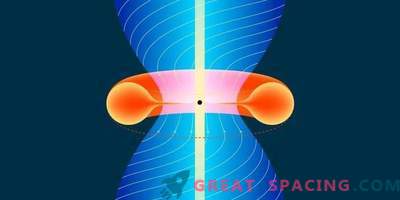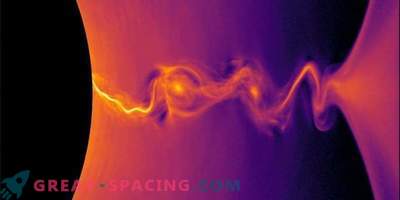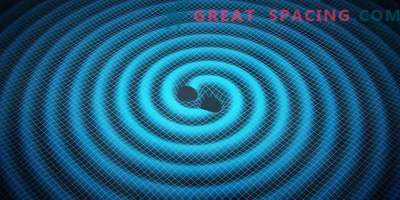
New observations of jets emitted by a black hole show amazing temperatures inside jets of 10 trillion degrees Kelvin or 18 trillion degrees Fahrenheit. This new dimension shows that quasars can emit jets with temperatures well beyond the theoretical limit of 100 billion Kelvin (179 billion degrees Fahrenheit), which has puzzled scientists.
“This result is very difficult to reconcile with our current understanding of how quasars emit relativistic jets,” said lead author Yuri Kovalev from the Lebedev Physical Institute in Moscow.
Observations of the quasar 3C 273 were made by the Russian satellite Spektr-R, working in conjunction with three ground-based observatories, part of the larger Radioastron mission. Quasars are supermassive black holes that emit intense jets of radiation. Previously it was thought that there was a temperature limit, as the electrons inside the jet would produce x-rays and gamma rays, interact with each other and cool down.
Astronomers have welcomed the discovery as a triumph of interferometry, which occurs when several telescopes are connected to each other to obtain a high resolution of a distant object. Four observatories working together may receive a higher resolution than the Hubble Space Telescope (although the Hubble does not work in X-rays and gamma rays).
The team also made another discovery that 3C 273 has previously unknown visible distortions in its substructure, as seen from Earth, caused by the influence of the interstellar medium of our Milky Way. Distortion was noticed only due to the permission of Radioastron.
The results were published in The Astrophysical Journal.











































